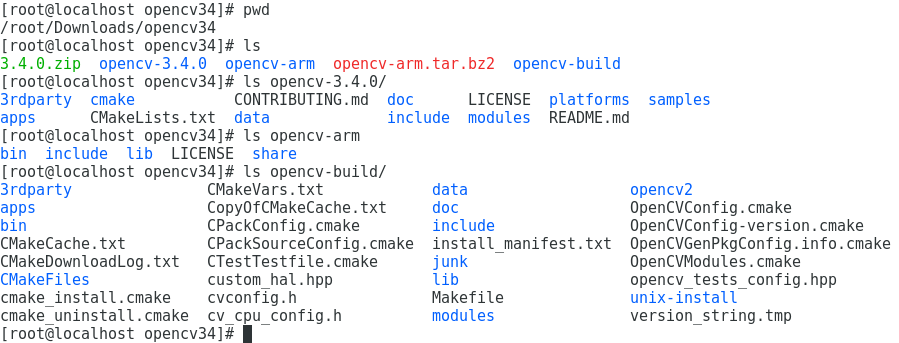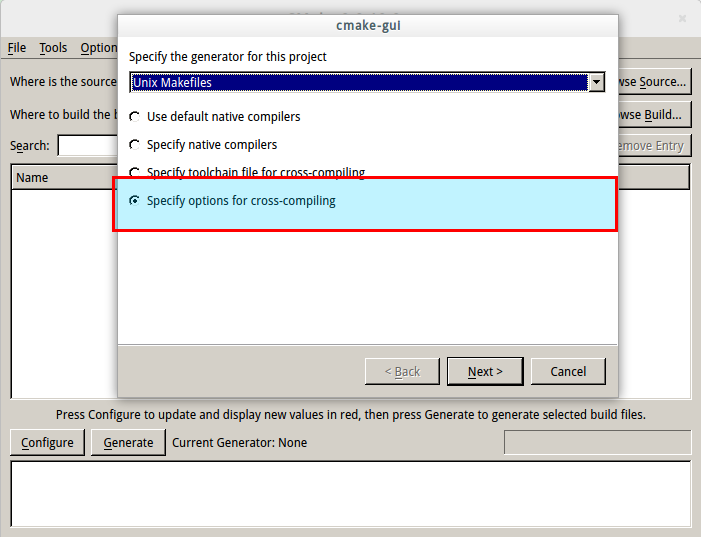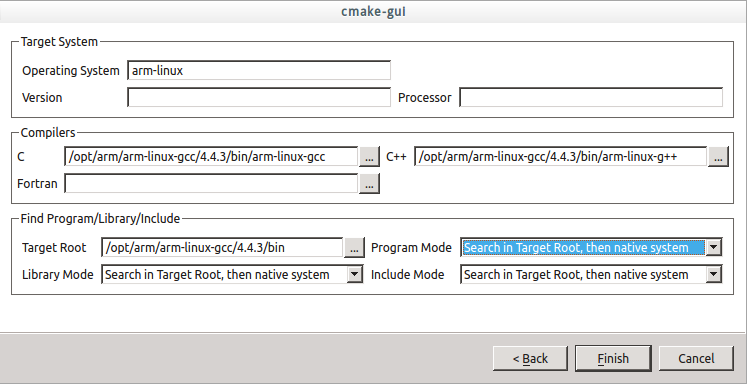Opening
Mat performOpening(Mat inputImage, int morphologyElement, int morphologySize)
{
Mat outputImage, tempImage;
int morphologyType;
if(morphologyElement == 0)
morphologyType = MORPH\_RECT;
else if(morphologyElement == 1)
morphologyType = MORPH\_CROSS;
else if(morphologyElement == 2)
morphologyType = MORPH\_ELLIPSE;
// Create the structuring element for erosion
Mat element = getStructuringElement(morphologyType, Size(2\*morphologySize + 1, 2\*morphologySize + 1), Point(morphologySize, morphologySize));
// Apply morphological opening to the image using the structuring element
erode(inputImage, tempImage, element);
dilate(tempImage, outputImage, element);
// Return the output image
return outputImage;
}
Closing
Mat performClosing(Mat inputImage, int morphologyElement, int morphologySize)
{
Mat outputImage, tempImage;
int morphologyType;
if(morphologyElement == 0)
morphologyType = MORPH\_RECT;
else if(morphologyElement == 1)
morphologyType = MORPH\_CROSS;
else if(morphologyElement == 2)
morphologyType = MORPH\_ELLIPSE;
// Create the structuring element for erosion
Mat element = getStructuringElement(morphologyType, Size(2\*morphologySize + 1, 2\*morphologySize + 1), Point(morphologySize, morphologySize));
// Apply morphological opening to the image using the structuring element
dilate(inputImage, tempImage, element);
erode(tempImage, outputImage, element);
// Return the output image
return outputImage;
}
Morphological Gradient
Mat performMorphologicalGradient(Mat inputImage, int morphologyElement, int morphologySize)
{
Mat outputImage, tempImage1, tempImage2;
int morphologyType;
if(morphologyElement == 0)
morphologyType = MORPH\_RECT;
else if(morphologyElement == 1)
morphologyType = MORPH\_CROSS;
else if(morphologyElement == 2)
morphologyType = MORPH\_ELLIPSE;
// Create the structuring element for erosion
Mat element = getStructuringElement(morphologyType, Size(2\*morphologySize + 1, 2\*morphologySize + 1), Point(morphologySize, morphologySize));
// Apply morphological gradient to the image using the structuring element
dilate(inputImage, tempImage1, element);
erode(inputImage, tempImage2, element);
// Return the output image
return tempImage1 - tempImage2;
}
TopHat
Mat performTopHat(Mat inputImage, int morphologyElement, int morphologySize)
{
Mat outputImage;
int morphologyType;
if(morphologyElement == 0)
morphologyType = MORPH\_RECT;
else if(morphologyElement == 1)
morphologyType = MORPH\_CROSS;
else if(morphologyElement == 2)
morphologyType = MORPH\_ELLIPSE;
// Create the structuring element for erosion
Mat element = getStructuringElement(morphologyType, Size(2\*morphologySize + 1, 2\*morphologySize + 1), Point(morphologySize, morphologySize));
// Apply top hat operation to the image using the structuring element
outputImage = inputImage - performOpening(inputImage, morphologyElement, morphologySize);
// Return the output image
return outputImage;
}
BlackHat
Mat performBlackHat(Mat inputImage, int morphologyElement, int morphologySize)
{
Mat outputImage;
int morphologyType;
if(morphologyElement == 0)
morphologyType = MORPH\_RECT;
else if(morphologyElement == 1)
morphologyType = MORPH\_CROSS;
else if(morphologyElement == 2)
morphologyType = MORPH\_ELLIPSE;
// Create the structuring element for erosion
Mat element = getStructuringElement(morphologyType, Size(2\*morphologySize + 1, 2\*morphologySize + 1), Point(morphologySize, morphologySize));
// Apply black hat operation to the image using the structuring element
outputImage = performClosing(inputImage, morphologyElement, morphologySize) - inputImage;
// Return the output image
return outputImage;
}





 <>
<>